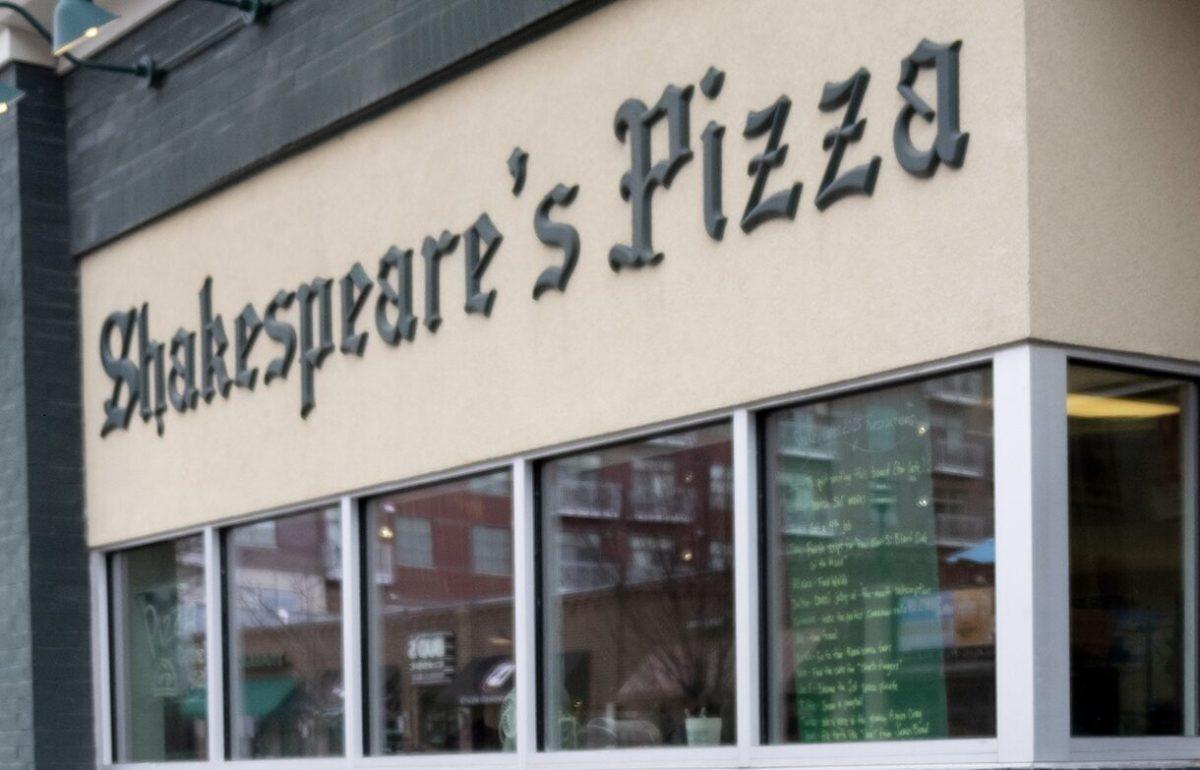One Mizzou: You see the slogan on T-shirts, banners, posters, flags, you name it. But what is it, exactly? I’d suggest that most students are well aware of what it is: a diversity and inclusion initiative championed by MU that looks to foster a sense of union among all of its students.
However, sometimes I feel MU students don’t necessarily embrace the “One Mizzou” mantra in the manner that they should. I’d even go as far as to say some students feel as though “One Mizzou” applies solely to the athletic department and sportsmanship, and some might even think it’s simply an endearing phrase plastered on a T-shirt.
There’s a problem with that.
I’m not purporting that “One Mizzou” doesn’t look aesthetically appealing on a black and gold tee. I’m saying you should appreciate and reflect on its significance once in awhile, and such reflection should make you proud to be a Missouri Tiger.
[One Mizzou](http://one.missouri.edu/) is a laudable, worthwhile campaign that looks to do something great on our campus, and it all too often finds itself being filtered out of the minds of students as something superficial. It was borne out of racially-charged incidents on campus in spring 2011, when the entire university [responded by helping develop the initiatives](https://www.themaneater.com/stories/2011/4/8/one-mizzou-diversity-campaign-unveiled/). Last November, the [first One Mizzou Week](https://www.themaneater.com/stories/2012/11/13/one-mizzou-week-facilitates-diversity-education/) was held to unify the student body with lectures, concerts and discussions.
Just knowing what One Mizzou _is_, though, doesn’t necessarily mean you know what it _entails_ — and what it entails is diversity.
Diversity is a term that gets thrown around quite a bit, and more often than you’d think, it’s used incorrectly. Some people like to view diversity through the lens of statistics; a student body that’s one-third Caucasian, one-third Asian, one-third African-American, or whatever politically correct racial cocktail you’d like to mix would, to many, meet the criteria for diversity. Well, they’d be wrong. Diversity isn’t an exercise in numerics plastered on a computer printout. It’s an attitude of passive tolerance and willful inclusivity.
To drive the point home, let’s offer an example; take the aforementioned student body with the three equal parts, and note that if the individuals in said student body avoid each other out of racial fear or ignorance, the community wouldn’t succeed in being diverse. In fact, it would be the opposite: woefully restricted in its potential, and ironically segregated. Now, if the community were to advance to the point that people only avoided certain others because of their character, the hypothetical student body could be said to be genuinely diverse.
Of course, this example isn’t there to discredit situations in which minorities are aggregated into environments typically dominated by majorities. It’s not inherently awful in any sense, it just happens to have a lot more to do with commensurate representation as opposed to diversity.
Why, then, is diversity inherently important, and what does it contribute in a tangible sense? There are innumerable answers to such questions. First and foremost, we’re living in a holistically diverse environment, and we as a species have supposedly had a penchant for adapting to our surroundings.
To put it another way, if an individual was to find his or herself in a homogenous environment, it wouldn’t necessarily be conducive to, well, anything. The potential for growth, creativity and productive output there is significantly lower than in a group with diverse perspectives, which can be attributed to the fact that the homogenous environment has far less resources for production, whereas the diverse one will have plenty.
How does this immediately impact an MU student? Well, for one, homogeneity isn’t exactly rare. It’s near impossible to miss if you just go about your day. So what can you do to fix that?
A good place to start, as I mentioned before, is really taking pride in the One Mizzou campaign — campus diversity initiatives as fleshed out as One Mizzou aren’t even close to common, and you should try to make sure its ambition is fulfilled in capacity. Of course, there’s also attempting to be more tolerant and accepting yourself, and if you wish to make such a change, you can do so to your own liking.
At the end of the day, when you see One Mizzou somewhere, as you undoubtedly will, hopefully you will look at it and see a message of tolerance and something to be proud of — not just a slogan billable on a T-shirt.













